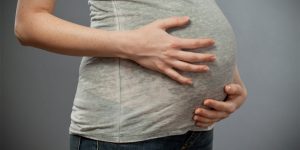Mayor Lori Lightfoot on Friday touted “major improvements” in getting the COVID-19 vaccine into the arms of those in the city’s most vulnerable communities.
The mayor said about 50% of first doses have been given to Black and Latino residents in the most recent week.
Early on, when the focus was on health care workers and staff and residents at long-term care facilities, about 18% of vaccinations were going to Blacks or Latinos, according to the mayor’s office.
“That’s why as soon as we saw these numbers, we doubled down even harder on our efforts to drive these life-saving vaccines into communities that need them the most, and ensured vaccination rates among residents of all race and ethnicities matched the demographics of our city,” Lightfoot said at a news conference Friday.
Almost 2,000 people got COVID-19 shots at a Belmont Cragin high school last weekend and the city hopes it provides a template for vaccinating more residents in the city’s most vulnerable communities.
Oak Street Health organized and ran the mass vaccination Saturday and Sunday aided by community groups who reached out to residents in a highly targeted campaign, said Dr. Ali Khan, Oak Street’s executive medical director. Any one over 18 was eligible. Other vaccination sites are only open to essential workers or those over 65.
“We feel pretty proud we are really serving people who live locally,” said Khan, who described an active telephone and door-knocking campaign by community groups.
The Latino-majority Belmont Cragin community is one of the city’s hardest-hit by the pandemic for cases and deaths and is one of 15 singled out by Mayor Lori Lightfoot to concentrate vaccination efforts.
Also Friday, city officials said the COVID-19 case positivity rate — 3.5 percent — is at its lowest since the virus’ arrival in the city.
“Over the summer, we’d gotten down under four percent, but never this low,” said Allison Arwady, commissioner of the Chicago Department of Public Health.
Arwady also said the city is now averaging about 320 new cases a day, compared with more than 3,000 at the “peak” of the pandemic a few months ago. Arwady attributed the drop in cases to people following guidance that has included proper social distancing and the wearing of masks.



















